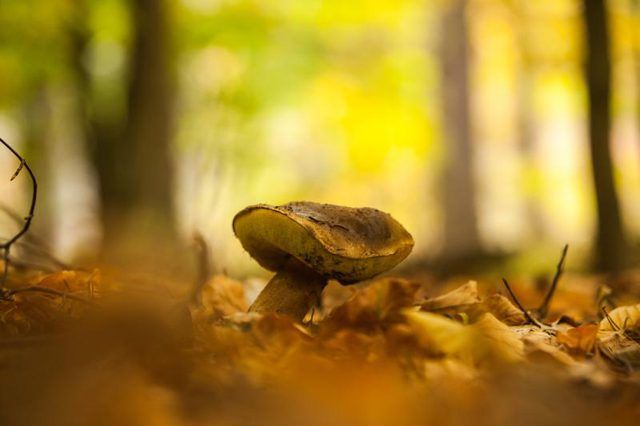Bulbs
Flower Basics
Flower Beds & Specialty Gardens
Flower Garden
Garden Furniture
Garden Gnomes
Garden Seeds
Garden Sheds
Garden Statues
Garden Tools & Supplies
Gardening Basics
Green & Organic
Groundcovers & Vines
Growing Annuals
Growing Basil
Growing Beans
Growing Berries
Growing Blueberries
Growing Cactus
Growing Corn
Growing Cotton
Growing Edibles
Growing Flowers
Growing Garlic
Growing Grapes
Growing Grass
Growing Herbs
Growing Jasmine
Growing Mint
Growing Mushrooms
Orchids
Growing Peanuts
Growing Perennials
Growing Plants
Growing Rosemary
Growing Roses
Growing Strawberries
Growing Sunflowers
Growing Thyme
Growing Tomatoes
Growing Tulips
Growing Vegetables
Herb Basics
Herb Garden
Indoor Growing
Landscaping Basics
Landscaping Patios
Landscaping Plants
Landscaping Shrubs
Landscaping Trees
Landscaping Walks & Pathways
Lawn Basics
Lawn Maintenance
Lawn Mowers
Lawn Ornaments
Lawn Planting
Lawn Tools
Outdoor Growing
Overall Landscape Planning
Pests, Weeds & Problems
Plant Basics
Rock Garden
Rose Garden
Shrubs
Soil
Specialty Gardens
Trees
Vegetable Garden
Yard Maintenance
How to Kill Ground Fungus
How to Kill Ground Fungus. Outdoor plants don't always have an easy time of it, and they often have to contend with a variety of challenges that include dealing with soil-borne organisms that place their survival at risk. The appearance of mushrooms in a lawn or garden indicates the presence of tiny fungi in the soil, not all of which are...

Outdoor plants don't always have an easy time of it, and they often have to contend with a variety of challenges that include dealing with soil-borne organisms that place their survival at risk. The appearance of mushrooms in a lawn or garden indicates the presence of tiny fungi in the soil, not all of which are beneficial to leafy plants. You should suspect fungal disease in your outdoor plants when they start to show foliage discoloration, exhibit white or black moldlike growth on their leaves and stems, or wilt, fall over and die.
Fungi Description
Fungi are only one type of potentially harmful organisms that live in the soil. Like disease-causing bacteria and viruses, they infect plants from the ground up, producing a variety of disease symptoms that sometimes results in wilting and death. Like their large visible counterparts, the mushrooms, smaller soil fungi form vast networks beneath the soil composed of hyphae, or tiny fibers, that link groups of them together. Taking steps to disrupt this system assures the likelihood that your plants won't suffer from fungal diseases such as verticillium wilt, which affects many vegetables and flowers, as well as shrubs and trees.
Soil Turning
There are ways to kill ground or soil fungi without having to resort to using chemicals. One of the easiest is to keep things moving at ground level by turning the soil over frequently. Unlike foliar vegetation that reseeds and regenerates quickly, fungi develop more slowly as they form their subterranean networks. Disrupting these networks calls for nothing more than working the soil and never allowing it to rest for too long. You can do this by hand with a garden spade or fork, or with a rototiller. Cultivating between plants and plant rows also greatly reduces the likelihood that fungi will take hold as it continuously exposes the soil to the sunlight.
Soil Heating
Another method of eliminating destructive fungi from the soil is called solarization. It involves exposing infected soil to intense sunlight, which not only kills the fungi but creates a toasty and dry medium that prevents them from regenerating. To solarize a section of your garden, cover it with a double thickness of heavy clear plastic weighted down to keep it from blowing away, and leave it on for four to six weeks during summer. The intense heat generated by the sunlight shining through the plastic can reach temperatures of 140 to 150 degrees Fahrenheit and essentially bakes the soil, creating an environment where fungi cannot survive. The heat generally does not affect beneficial organisms such as bacteria that help with plant decomposition. This can be done at any time during the growing season, and the only drawback is that it makes the space unusable while it's undergoing the fungus-killing process.
Other Controls
The University of California, Davis, reports that some fungicides are more effective when they are worked into the soil before the growing season begins, while others can be used after planting. The antifungal fosetyl-Al kills several soil fungi and can be applied to the soil, but it is more effective as a leaf spray, where it is absorbed and transported to the roots. To use as a foliar spray, weigh 3 to 6 ounces and mix it in 10 gallons of water, applying once to both sides of the leaves at first sign of disease. PCNB, or quintozene, also kills several types of fungi and must be worked directly into the soil to a depth of 2 inches before the growing season at a rate of 4 to 8 ounces in weight per 500 square feet. Always wear protective gear when applying any chemical substances to your garden. The gear should include gloves, eye protection and, if necessary, a filter mask.